- - What Is Hair Transplant Recovery?
- - Hair Transplant Recovery Stages
- - What to Expect During Hair Transplant Recovery?
- - Hair transplant week by week
- - Hair transplant progress by month
- - How Can Turkey Lxury Clinics Help You?
- - FAQs About Hair Transplant Week by Week
Hair transplant recovery usually follows a clear and predictable week-by-week timeline. It starts with swelling, redness, and scab formation in the first two weeks. Shock loss may follow, then new hair begins to grow by the second month. Over the next several months, hair becomes denser and more natural-looking. Most patients see full results within 9 to 12 months.
In this article by Turkey Luxury Clinics, we’ll walk you through the hair transplant week by week, complete with expert tips and real photos to help you understand what to expect during each stage.
What Is Hair Transplant Recovery?
Hair transplant recovery refers to the full healing process after undergoing a hair transplant procedure. It includes the initial recovery of the scalp and the gradual regrowth of new hair. This process begins immediately after the surgery and typically lasts several months—sometimes up to a year—until the transplanted grafts fully grow and mature.
Hair Transplant Recovery Stages
The recovery process after a hair transplant generally follows a predictable timeline. It starts with an initial healing phase during the first two weeks, followed by a temporary shedding phase between weeks 2 and 4. Gradual hair regrowth begins in the following months, with full results typically visible within 12 to 18 months.
Initial Healing Period (Week 1–2)
The first two weeks after surgery are all about healing. Patients experience redness, swelling, scabbing, and mild itching as the scalp begins to recover and the grafts settle into place.
Scabs usually form around the grafts and fall off naturally within 7 to 10 days. It's essential to follow post-op care instructions closely to avoid disturbing the grafts during this fragile stage.
2. Shock Loss Phase (Week 2–8)
Hair transplant shock loss occurs roughly between weeks 2 and 8, it is a normal part of the recovery process where transplanted and sometimes existing hair can shed. This is a temporary phenomenon and not an indication of transplant failure.
Hair Regrowth Phase (Month 3 and Beyond)
New hair growth typically begins after 3 months, the hairs appear thin, soft, or patchy, but it gradually become thicker and more visible between months 4 and 6.
Significant improvements in density and texture are usually noticeable by the 6- to 9-month mark.
Most patients achieve their final, natural-looking results between 12 and 18 months post-surgery, with permanent hair growth that blends in seamlessly with the rest of the scalp.
What to Expect During Hair Transplant Recovery?
Hair transplant recovery includes minor swelling, redness, and scabbing in the first 7–14 days. Shedding of transplanted hair usually occurs in the first month. New growth starts around month 3 or 4, and full results are typically visible within 6 to 12 months.
1.Side Effects:
These may include swelling, mild discomfort, and an itchy sensation on the scalp, especially within the first few days after the procedure.
2. Post-Surgical Signs:
You may notice two common signs during early recovery:
- Scabbing: Small crusts typically begin to form around each graft within the first 1 to 3 days after the procedure. These scabs usually peak by day 7 and naturally fall off by day 10. This is a normal part of the healing process, but it's essential not to scratch or pick at them to avoid dislodging the grafts.
- Shock Loss: This refers to the temporary shedding of the transplanted hairs, usually occurring between 2 to 4 weeks after surgery and lasting up to 3 months.
It’s a natural part of the hair growth cycle and doesn’t affect the long-term success of the transplant, as the follicles remain intact and will eventually produce new hair.
3. Hair Growth After Transplant:
New hair growth usually starts between 3 to 6 months after the transplant as thin find small hair. It continues to improve in thickness and coverage month by month for up to 12 to 18 months.
Hair transplant week by week
While individual recovery experiences may vary slightly depending on the technique and patient-specific factors, most follow this general hair transplant week by week timeline.
First week after hair transplant
The initial 7-day period following a hair transplant is of paramount importance and may be the most uncomfortable period you will experience.
During this stage, patients often experience mild pain, tenderness, or a tingling sensation in both the donor and recipient areas. The scalp may also appear slightly swollen, with small red spots where the grafts were placed or harvested.
Scabs usually start to form around each graft by day 2 or 3, reaching their peak between days 7 and 10. It's important not to scratch or pick at them to avoid disturbing the grafts.
By the third day, you can begin gently washing your hair using a sulfate-free shampoo, following your clinic’s instructions.
By the end of week 1, the initial signs of shock loss may appear, marking the beginning of the temporary shedding phase.
Hair transplant week 2
During the second week post-procedure, the transplanted hairs will begin to heal, scabs should start to fall off, and any redness should subside.
Also, about 7 to 10 days after your hair transplant, the hair grafts will start to settle in. This is a resting period, during which you may experience a little bit of hair loss. This is totally normal and is often called "shock loss."
By this week, you may also start washing your hair more normally—using lukewarm water and a gentle, sulfate-free shampoo—without applying pressure to the scalp.
Remember to avoid scratching, rubbing, or exposing the area to direct sunlight, as the skin is still sensitive and healing.
3 weeks after hair transplant
After 3 to 4 weeks following a hair transplant, you may still experience shock loss. By the three-week mark, swelling and scabs should have largely subsided, and redness around your hairline should have significantly diminished.
At this stage, you may resume light exercise and normal daily activities, such as sleeping on your side and wearing a loose-fitting hat,
However, it is important to proceed gradually and to monitor your body, particularly the surgical area.
4 weeks after hair transplant
4 weeks after a hair transplant, patients typically experience a calmer scalp with reduced redness, swelling, and tenderness.
At this stage, shock loss may still be ongoing, even though the follicles are now securely in place beneath the scalp and preparing to enter the growth phase of the hair cycle. By week 4, some fine new hairs are starting to appear
Hair transplant progress by month
Hair transplant recovery and growth is a gradual process that can take up to 12-18 months to see full, final results. You'll begin to see new hair growth within the first few months, with noticeable thickening and density improvements occurring between 6 and 9 months.
1–2 Months After Hair Transplant (4- 8 weeks)
At 8 weeks post-hair transplant, you can expect to see a significant slowdown in shedding and the initial signs of new hair growth that looks thin, soft, and patchy at this stage. Healing is still ongoing in both the donor and recipient areas.
By the end of the second month, most scabs have fallen off, and the shock loss phase is usually beginning to taper off. The follicles remain in place beneath the skin, quietly gearing up for stronger growth in the months ahead.
3–4 months after hair transplant (12-16 weeks)
12 weeks after a hair transplant, you should be entering the stage of noticeable hair growth, with many patients seeing increased growth during the third month after surgery.
However, it’s important to be aware that the scalp may still be sensitive. In some cases, blisters or mild infections can occur due to the healing process and raised skin texture.
While blisters are usually easy to treat, infections may require medication prescribed by your doctor. Staying consistent with post-op care helps minimize these risks.
5–6 months after hair transplant (20-24 weeks)
5 to 6 months after a hair transplant, noticeable hair growth should be visible; it may still appear patchy and fine. The new hairs will be noticeably longer and thicker, but not yet at their final density.
After 6 months, hair growth is at its fastest. Each day, the hair strands begin to grow thicker and stronger. The hair coverage will reach up to 80% The scalp should be mostly healed, with minimal sensitivity.
7–9 months after hair transplant (28-36 weeks)
At 7-9 months post-hair transplant, significant hair growth and thickening of the transplanted hair is usually observed. While the final results may take 12-18 months, this period marks a "phase of remarkable density," with the hair becoming more natural-looking and the hairline continuing to improve.
10–12 months after hair transplant (40-48 weeks)
By 10 to 12 months after a hair transplant, most patients will have achieved their final results. The transplanted hair is now fully grown, noticeably thicker, and blends naturally with the existing hair. While minor refinements in texture or density may still occur, the major growth phase is complete, revealing a fuller and more natural-looking head of hair.
1 Year after hair transplant and Beyond
The final stage. The transplanted hair stabilizes in texture and direction. Any remaining gaps fill in, and the full results of the procedure become clear and long-lasting.
Read more about: The benefits and risks of hair transplant.
How Can Turkey Lxury Clinics Help You?
Turkey Luxury Clinics specializes in plastic surgery and other medical specialties. Our mission is to help people improve their appearance and health. Here is why you should choose Turkey Luxury Clinics instead of many others in Turkey:
- Professional medical consultation is provided by a qualified team of surgeons.
- Your transportation in Istanbul is our responsibility.
- Medical examination and complete preparation for surgery.
- Medical health consultants for assistance and interpretation.
- Regular follow-ups and remote recovery support
Contact us today to learn more about our safe, natural-looking hair transplant procedure, designed to restore your hair.

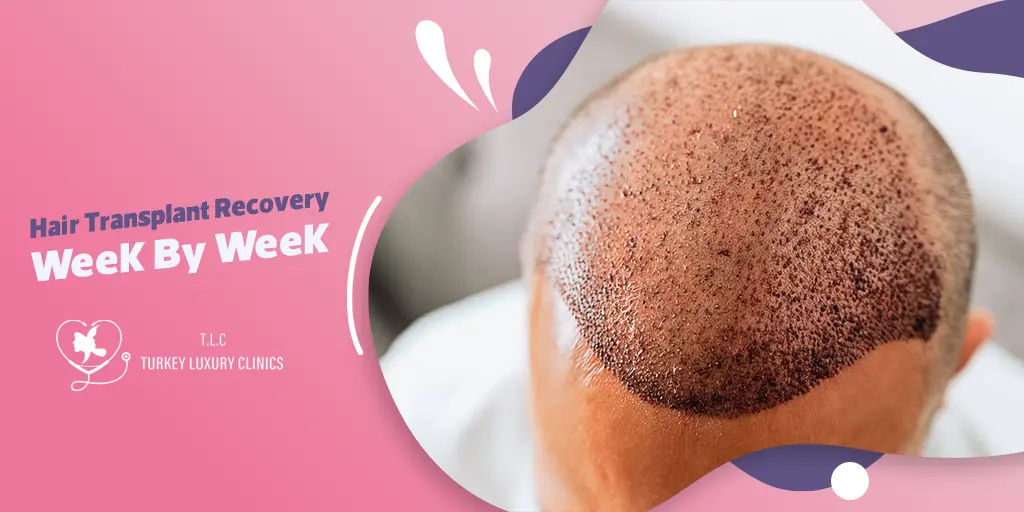




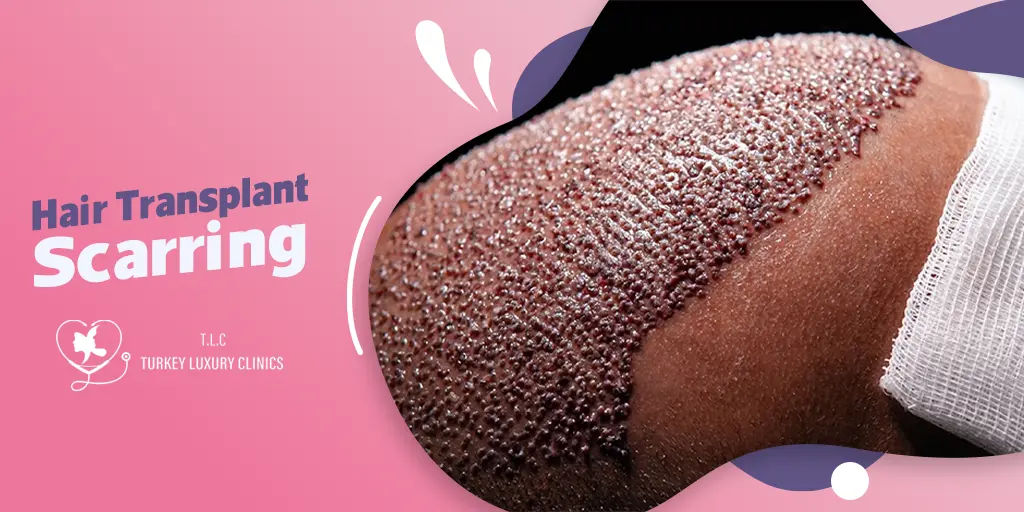
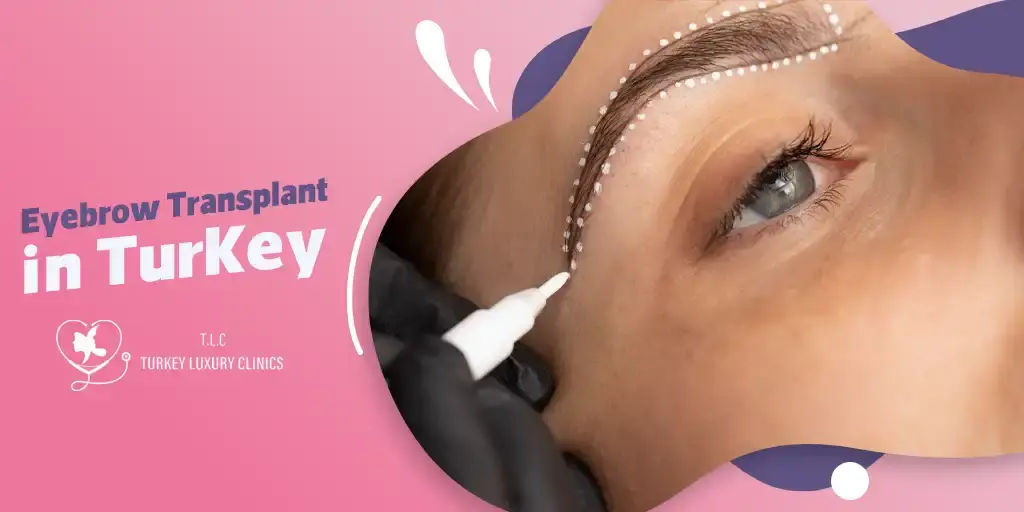
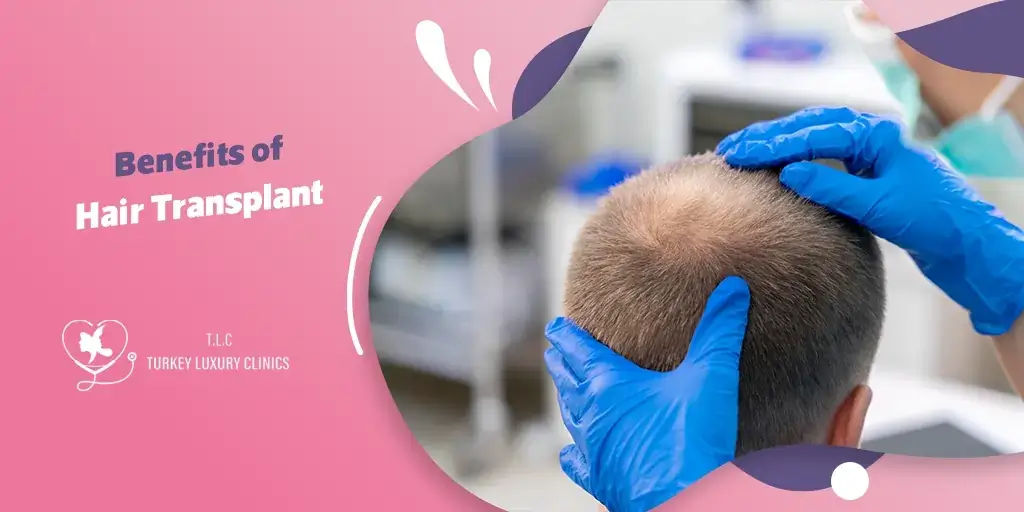
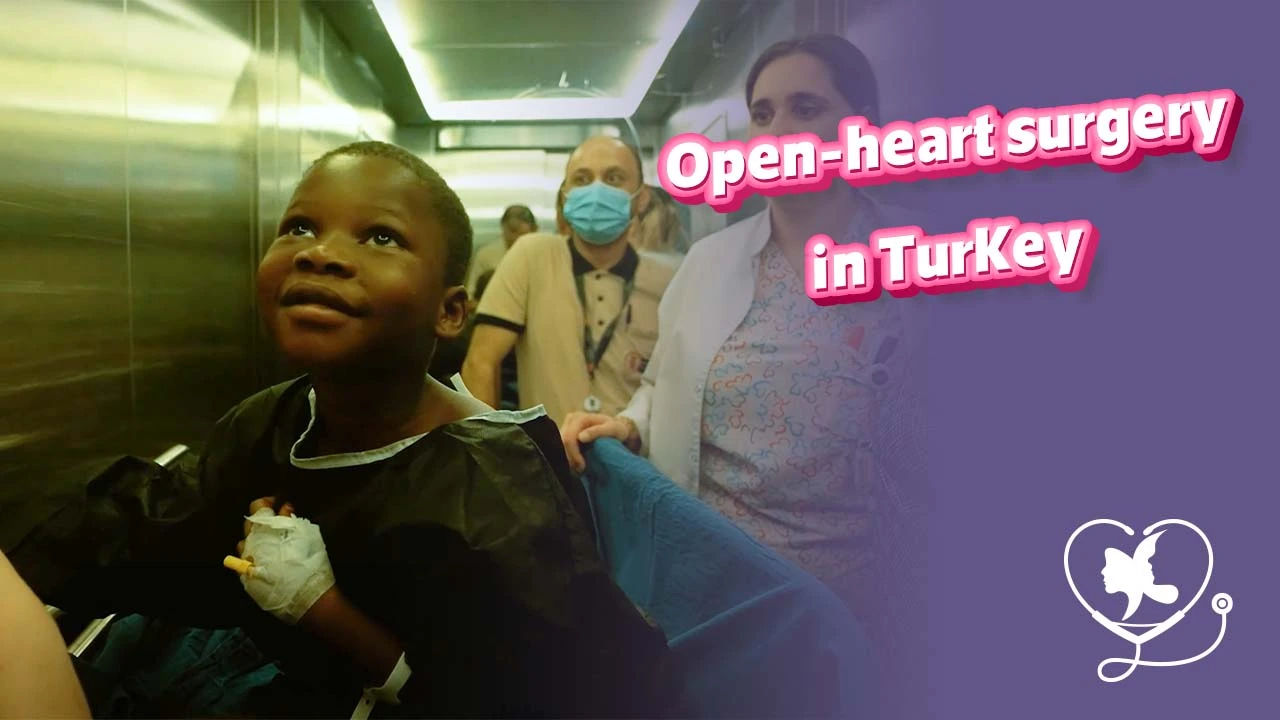


.webp)
.webp)
.webp)
.webp)

